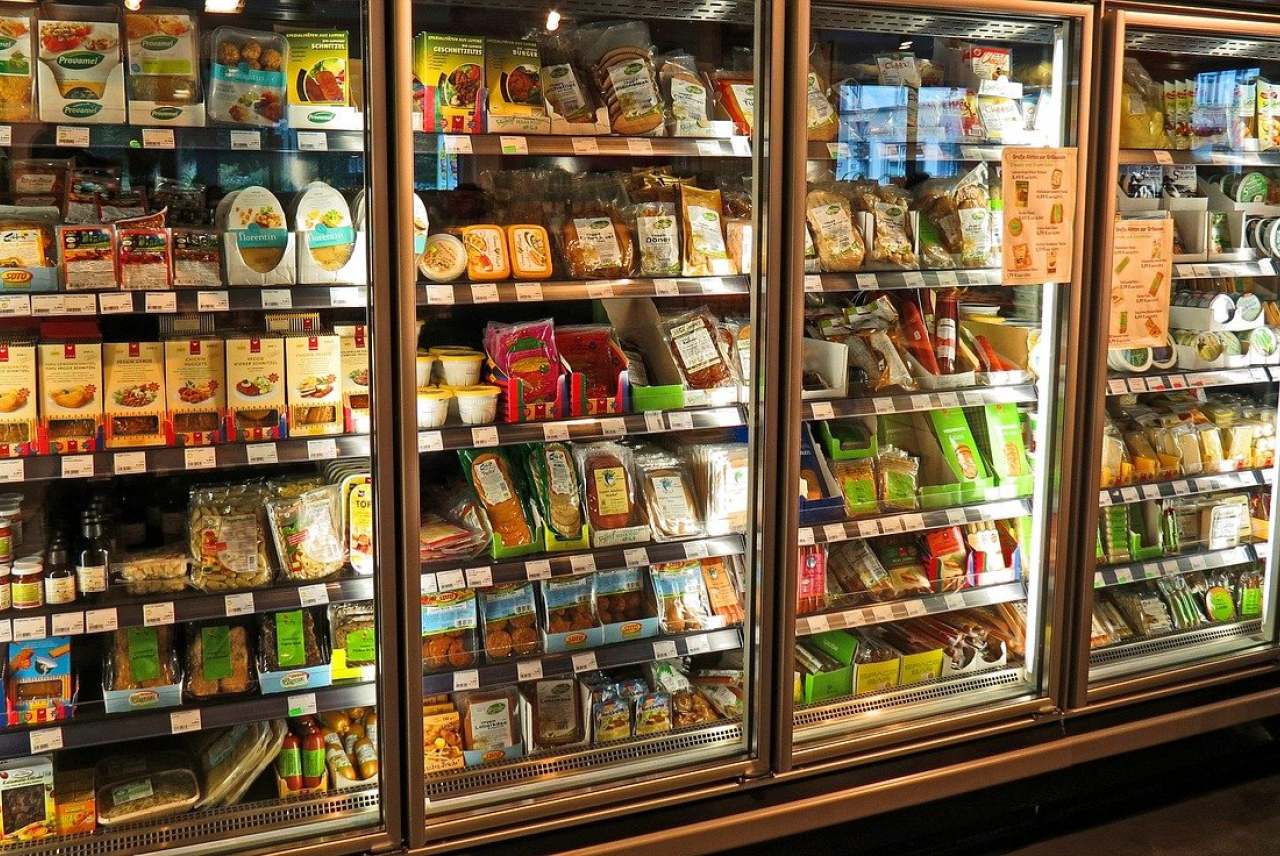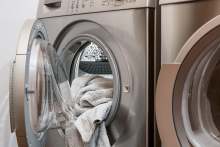Greener fridges in shops and supermarkets
Alongside the new energy labels for domestic fridges and freezers which came into law in March 2021, a labelling system is finally being introduced for commercial fridges and freezers used in shops.
Although it's likely to have a high level of non-compliance early on, it is still set to make it much easier to compare the energy efficiency of different models, relative to their size. Minimum efficiency requirements will also become stricter as the system is established, and push improvements that way.
Comparing kWh (size) is key
As with the domestic energy labels, it's the annual kWh figure on the labels that really matters. A QR code also links to more information, but the European system is more structured than the UK’s about what detail should be included.
The difference between the most and least efficient options available is pretty huge and could save retailers a considerable amount on their electricity bill.
Cost and best options for commercial fridges
Commercial fridges cost thousands, but with the savings available in running costs, and possibly also small business grant schemes to help reduce carbon emissions, an upgrade is definitely worth looking into. If you are a retailer the first place to ask is your local authority. Grants could come under the name of decarbonisation, or support for ‘green entrepreneurs’. Some are looking for ‘innovation’ – if this is the case you could talk to your nearest university about collaboration over designing bespoke systems for optimisation.
The best choice is probably a well-insulated cabinet with doors, and a remote motor if space allows, so that heat is not being pumped out into the same place the fridge is trying to cool down in. This can also help prolong the life of fresh vegetables or other heat sensitive food products that may be in the shop, like chocolate, or even remove the need for air conditioning in the summer. Whatever type of retail fridge you have, keep clear the compressor area where the heat escapes, or you’ll get a thick build up of dust which causes obstruction.
Refrigerant gases are a big deal
HFC refrigerant gases (hydrofluorocarbons) with high global warming potential (GWP), which were already banned in new domestic fridges and freezers in the EU since 2015, have since 2020 been banned in commercial appliances too. The GWP shows how much a gas contributes to global warming, compared to carbon dioxide. But keep your eyes peeled as models with high GWP may still be on the market. Beware of R404A and R507A, which have been commonly used, and have a shocking GWP of over 2500. There are several alternatives with a GWP of even less than 1.
Although the refrigerants in fridges are technically in a sealed system and should be recovered safely at the end of an appliance’s working life, it is estimated that leaks can account for up to 25% of the emissions from cold storage. The proper disposal of commercial equipment is even more important than that of domestic due to the gases that may be used, as well as the potential for recycling the rest of the materials used.
Things to check before purchasing an eco commercial fridge
- ask the supplier about reliability, availability of spare parts and ease of repair e.g. are parts easily sourced in the UK and quickly available?
- check the small print for things like use of R404A or R507A refrigerant gases - these have been banned since 2020 for their high global warming potential
- it's a large investment so check out the supplier and/or manufacturer on Trustpilot and ask for recommendations in your networks





